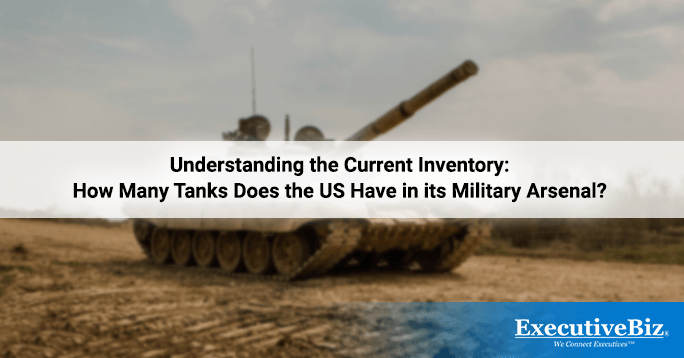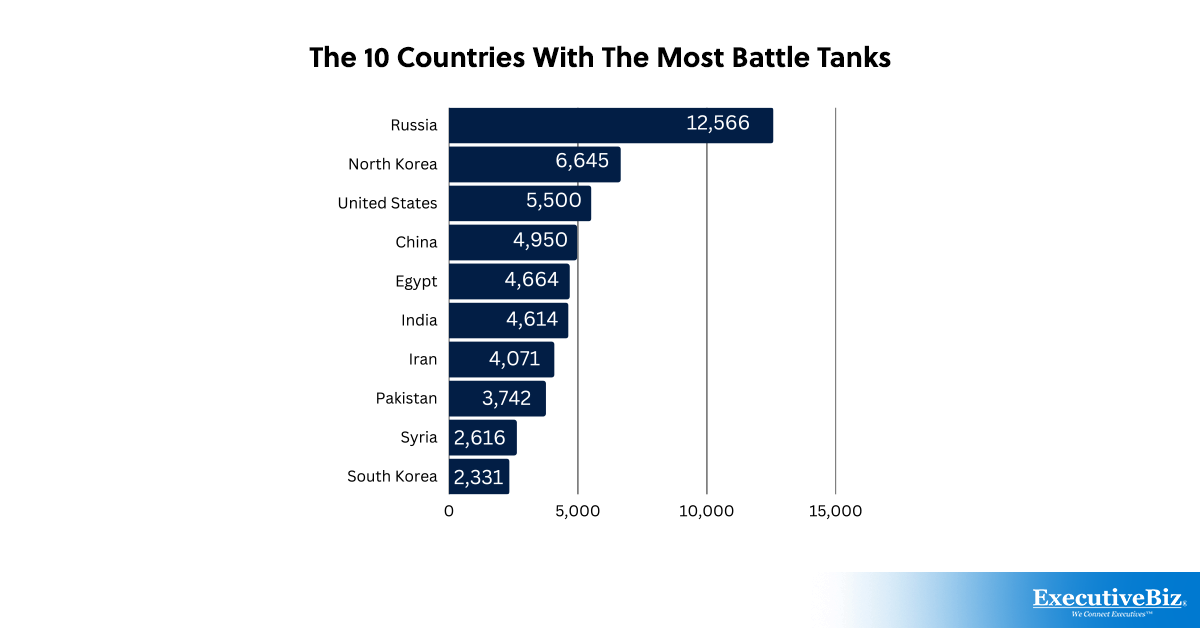How many tanks does the US have?
Discover the hidden power behind the United States’ vast tank inventory as we delve into the fascinating world of armored warfare. According to NATO, the US military has approximately 5,500 tanks in its arsenal, boasting one of the largest tank fleets in the world.
From the iconic M1 Abrams to the versatile M2 Bradley, each tank in the United States inventory is meticulously designed to provide unmatched firepower, mobility, and protection. In addition to their impressive attack capabilities, US tanks are equipped with advanced communication and surveillance systems, allowing for seamless coordination and battlefield awareness.
Join us on this eye-opening journey as we answer everybody else’s question of how many tanks the US has.
The history of tanks in the United States
Tanks have played a crucial role in the United States military operations for over a century. The first American tanks, such as the M1917 and M1918, were used during World War I. These early tanks laid the foundation for the advancements that would follow.
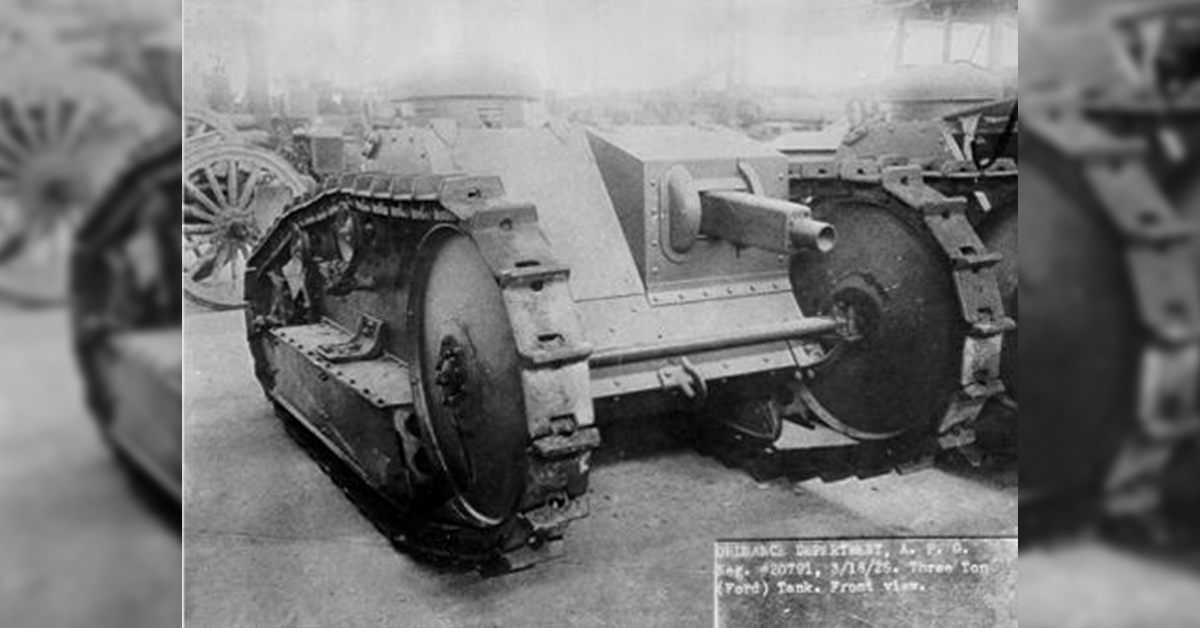
During World War II, the United States further expanded its tank fleet, introducing iconic tanks like the M4 Sherman and the M26 Pershing. These tanks were pivotal in the Allied Forces’ victory, with their firepower and maneuverability giving the US a significant advantage on the battlefield.
Notable tanks in the United States Armed Forces
The US tank inventory is composed of various tank types—each having unique capabilities and objectives. Below are some tanks that served the country since the First World War.
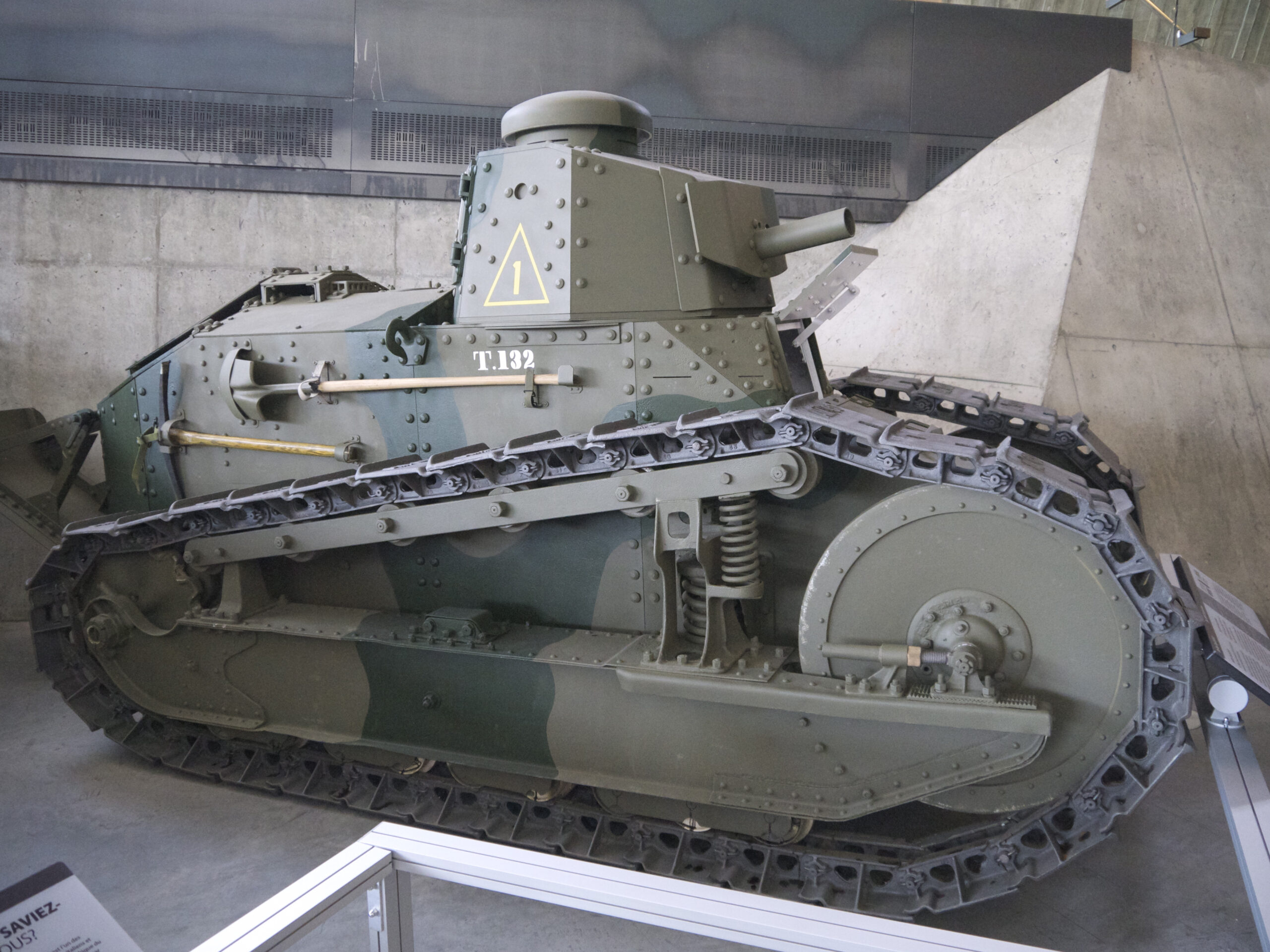
Tanks that played crucial roles during WWI:
- M1917
- M1918
Tanks that played crucial roles during WWII:
- M4 Sherman
- M26 Pershing
Tanks used in Operation Desert Storm:
- M551 Sheridan (US Army)
- M1A1 Abrams
- M60A1 Patton RISE Passive (USMC)
- M1A1 HA Abrams Heavy Armor
- M60A3 Patton TTS (US Army)
Tanks used in Afghanistan:
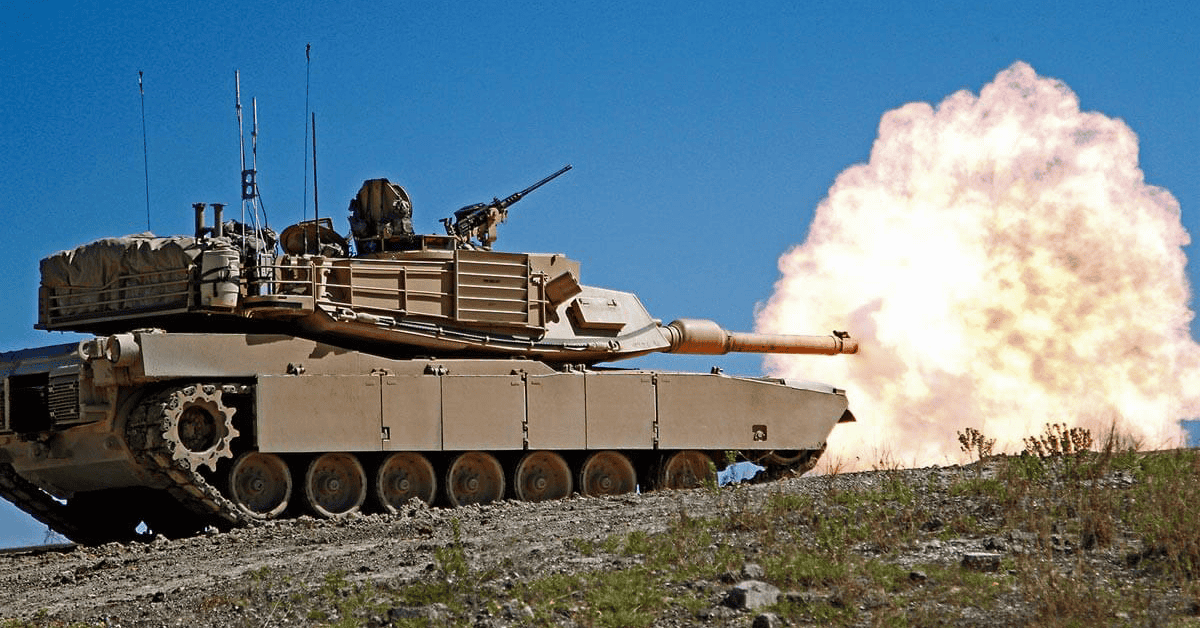
The M1 Abrams, the most well-known US tank, has been considered the backbone of the US tank force since entering service in 1980. It features advanced composite armor, state-of-the-art targeting systems, and a 120mm smoothbore gun, making it one of the most formidable tanks in the world.
Another notable tank is the M2 Bradley, an infantry fighting vehicle combining the capabilities of a tank and an armored personnel carrier. It provides infantry support and protection for the troops. Its versatility and firepower make it an essential asset in modern warfare.
The United States also owns other notable tanks, such as the M1128 Stryker Mobile Gun System and the M109 Paladin self-propelled howitzer. The M1128 Stryker Mobile Gun System is a wheeled armored vehicle equipped with a 105mm cannon, providing rapid response and high mobility. The M109 Paladin, on the other hand, is a tracked self-propelled howitzer designed for long-range artillery support.
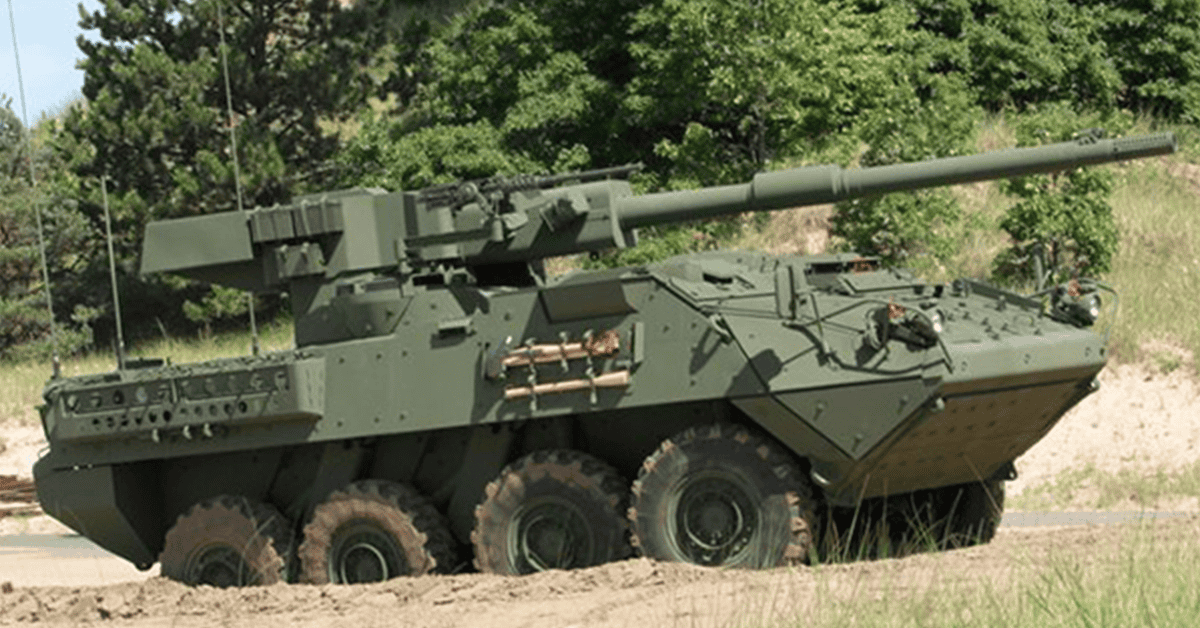
The role of tanks in military operations
Tanks are imperative in modern military operations, providing ground forces with firepower, mobility, and protection on the battlefield. Their main purpose is to engage and destroy enemy forces, both armored and infantry. Tanks can penetrate enemy lines, take cover for advancing troops, and provide direct fire support.
Additionally, tanks contribute to psychological warfare, as their presence can instill fear and disrupt enemy formations. US tanks, with their advanced technologies and capabilities, are particularly effective in achieving these objectives.
Challenges faced by the US tank inventory
Maintaining a vast tank list comes with its own set of challenges. One of the main challenges is the sheer cost of producing, maintaining, and upgrading tanks. The advanced technologies incorporated into modern tanks require significant financial investment. Additionally, ensuring the availability of qualified personnel to operate and maintain these tanks is essential.
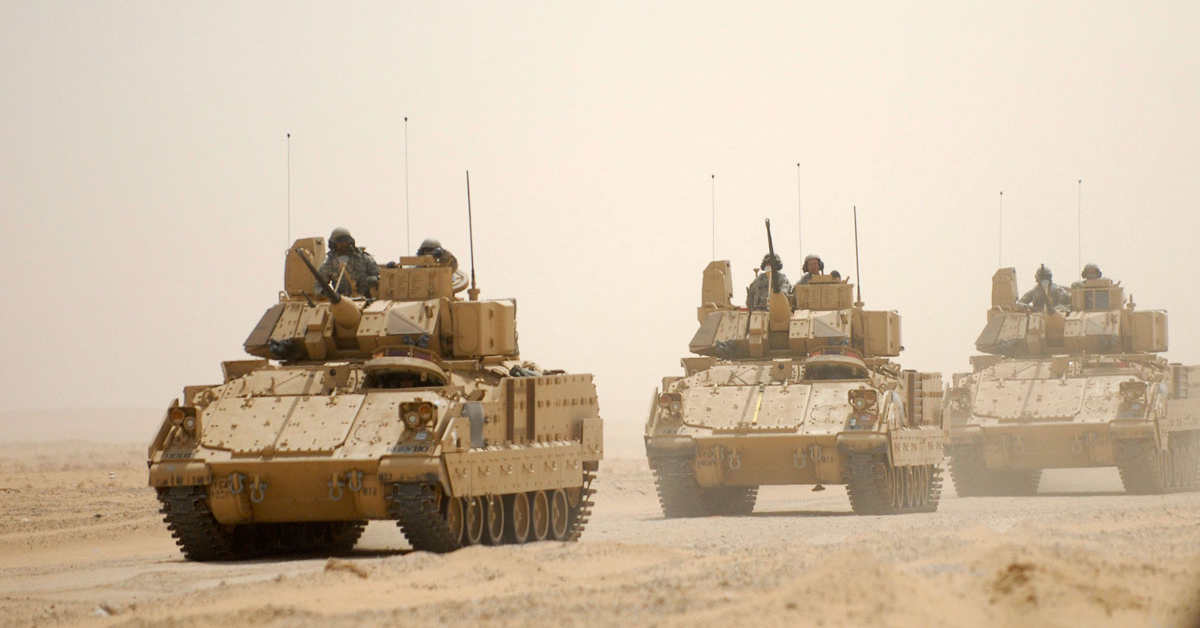
Another challenge is the constant need to adapt to evolving battlefield conditions and emerging threats. As technology advances, so do the capabilities of enemy forces. The United States must continuously innovate and modernize its tank inventory to stay ahead of potential adversaries.
Join POC’s annual Army Summit and witness elite U.S. Army leaders with commercial executives discuss the Army’s current plans, goals, and strategic programs designed to fortify the force of the future and ensure success in a rapidly evolving battlespace by clicking here.
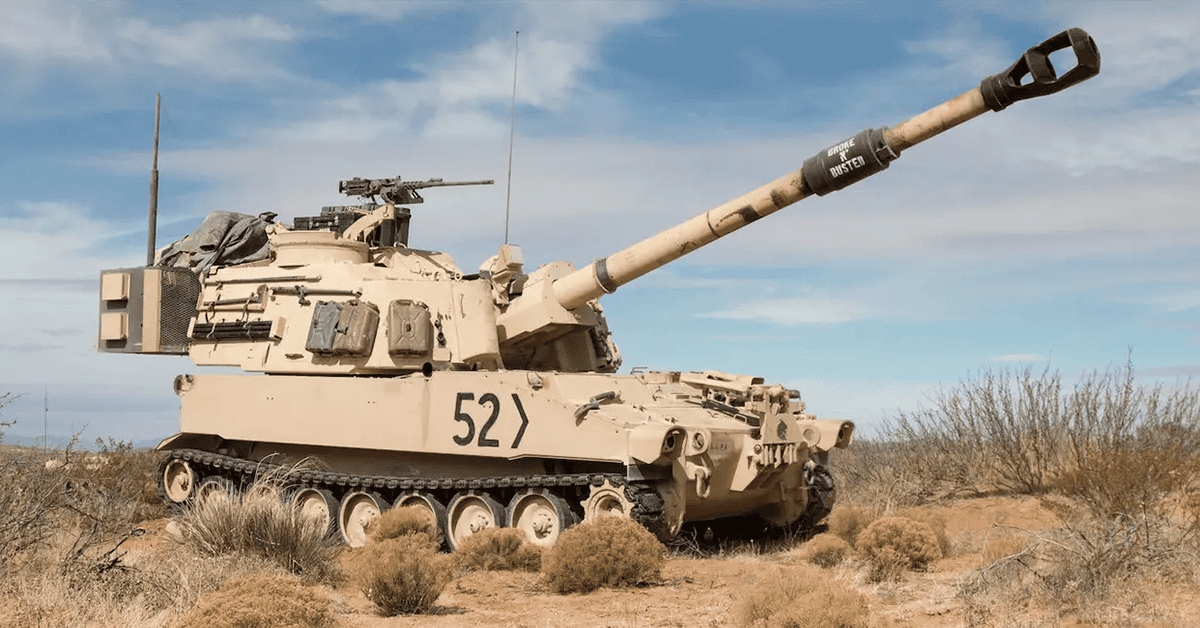
The impact of the number of tanks on national security
The United States’ tank inventory is fundamental in ensuring national security. Tanks are significant deterrents against threats and adversaries. The presence of a robust tank force reinforces alliances and strengthens international partnerships.
Furthermore, it provides the United States military with the capability of projecting power and intervening in conflicts around the world. US tanks have been deployed in various operations, including peacekeeping missions and combat operations, showcasing their versatility and effectiveness.
How many tanks does the US have compared with inventories of other countries
Although the United States boasts one of the largest tank inventories globally, other countries also possess formidable tank forces.
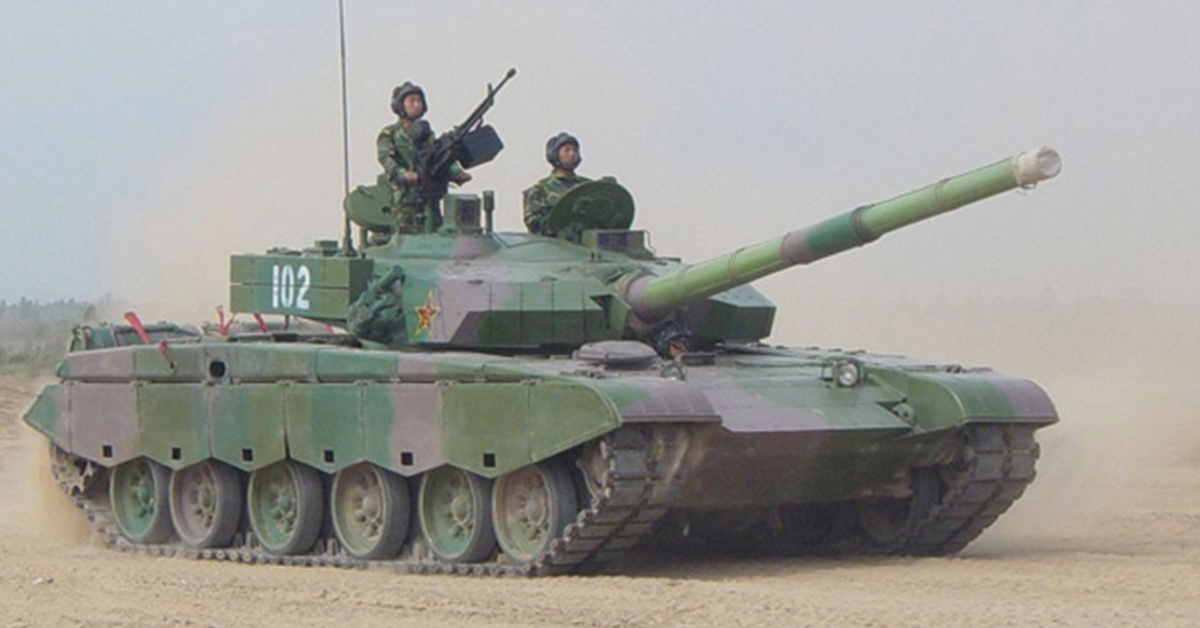
Russia, for example, has a significant tank fleet with tanks like the T-14 Armata, which debuted in Ukraine. China is also rapidly modernizing its ground offensive capabilities by introducing tanks such as the Type 99, which rivals the capabilities with that of the US.
However, the United States still maintains an edge due to its extensive experience, years of technological advancements, and continuous investment in research and development. The US tank inventory remains a force to be reckoned with on the global stage.
The pie chart below shows the top 10 countries that have the most number of operational tanks.
Can the number of tanks determine victory?
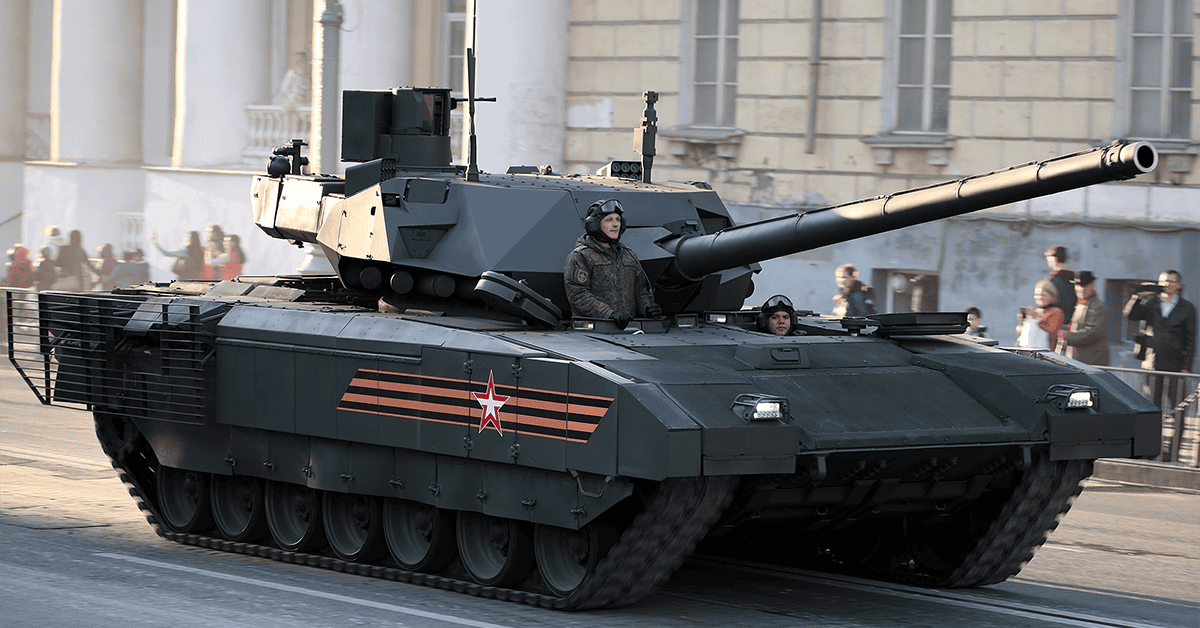
Wars are not always about the number of tanks, armaments, and ammunition.
Speaking with the Coffee or Die Magazine, tank gunner Sgt. Emmet Fuilgham with the 3rd Battalion 8th Regiment stated: “We have a four-man crew with an actual human loader. Most loaders can do their job in five seconds on a bad day but usually in under four. Russian tanks still take 10 seconds to load, if not longer, so for every round they get off, we can fire two or three times.”
It’s not only because of the American tanks’ superior rate of fire that makes it lord over the Russians. “I think where America outshines them is our logistics capability. Russia has some advanced stuff, and we have advanced stuff, but our ability to replace those parts when things break outpaces them. Our logistical chain dominates theirs. That’s where American armor can outpace anybody on the battlefield,” he added.
Yom Kippur War and the Ukraine Invasion
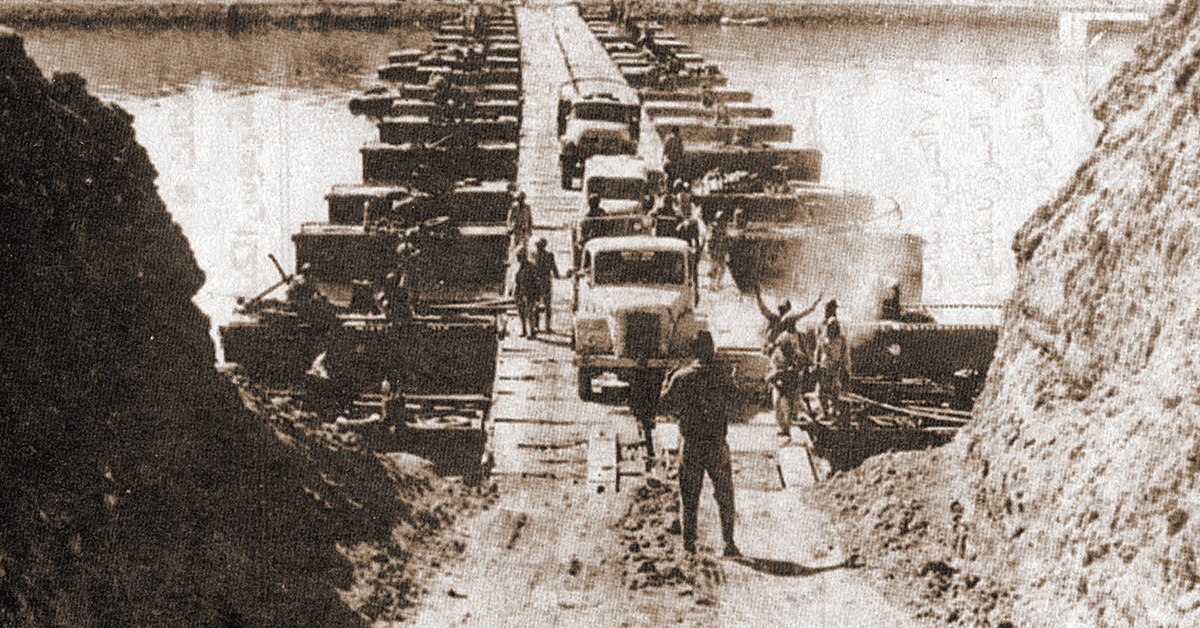
People can still remember the 1973 Yom Kippur War between Israel and the combined Arab states of Syria and Egypt. The attack came as a surprise to the Israelis as they were celebrating their holiest day. With just a small force of 1700 tanks, Israel fought with all its might against the massive invaders that had more than double their number of tanks.
The Syrian Army was confident in its modern Soviet T-62s with 115-mm smoothbore guns and infrared night fighting capability. In the end, the Israeli strategy still won over the huge army build-up.
Another tank war that resulted in the loss of many Russian tanks is the ongoing Ukraine-Russian war. The Abrams types are there to protect Ukraine, which is maybe one of the factors that keeps its military forces up and fighting.
Modernization efforts and future US tank developments
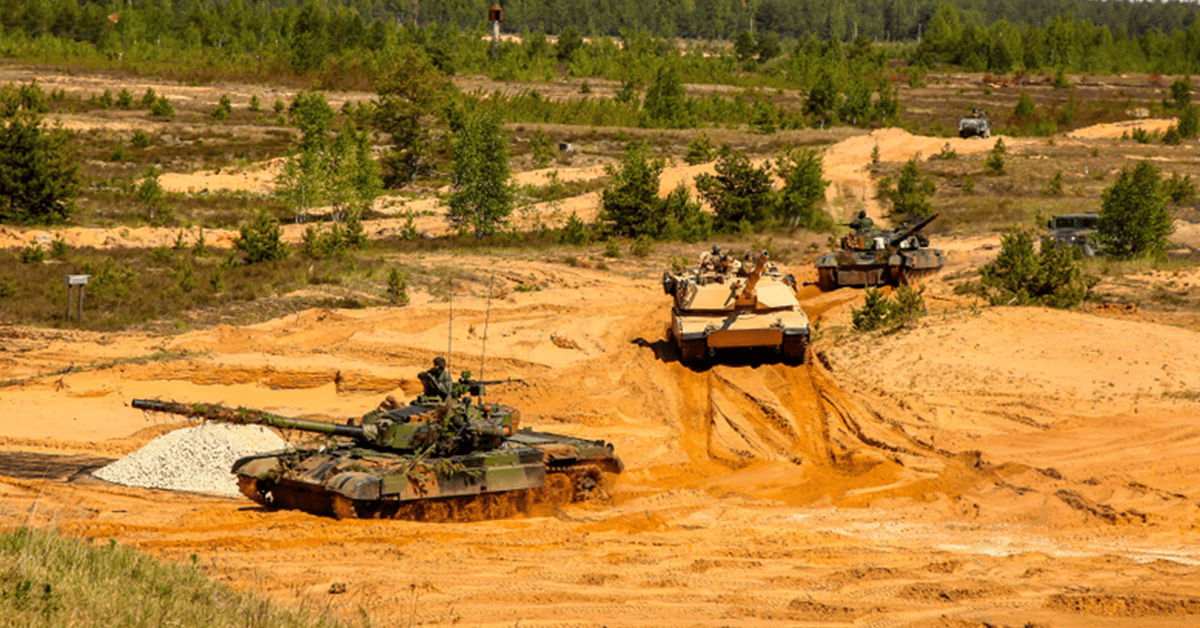
Recognizing the need for continuous improvement, the United States has undertaken various modernization efforts to enhance its tanks. The introduction of the M1A2 Abrams, an upgraded version of the M1 Abrams, incorporates advanced features, such as improved armor protection, better firepower, and enhanced situational awareness.
Looking toward the future, the United States is exploring new technologies that could revolutionize armored warfare. Concepts such as unmanned tanks and advanced robotics are being researched, offering the potential for increased battlefield efficiency and reduced risk to human operators.
Development of another War Machine: The AbramsX
There has been a wide clamor regarding the development of the Abrams tank series. There has been ongoing speculation whether the US government will continue developing their Abrams or purchase the AbramsX for its military force. Manufactured by General Dynamics Land Systems, this state-of-the-art tank was unveiled at the 2022 annual AUSA expo.
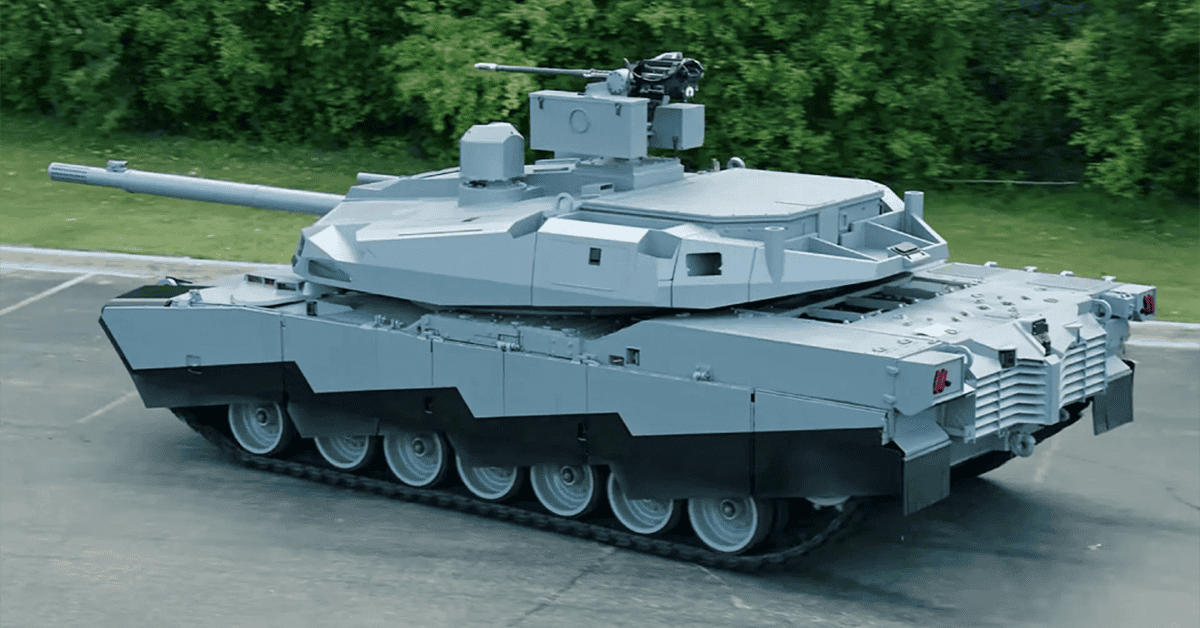
The AbramsX features:
- 60-ton tank
- Faster, lighter, more mobile
- more expeditionary
- Silent mobility
- hybrid electric diesel engine
- more fuel-efficient than Abrams tanks (50% lesser than the Abrams)
- can operate using a smaller crew
- uses AI systems to detect enemies or threats from a distance
- Able to communicate with UAVs
The AbramsX is touted as the future generation of all tanks, making far-reaching changes in the tank warfare arena.
Relevant articles:
Behind the Scenes: How Military Weapons are Developed and Tested
Exploring the Legacy of Sikorsky Helicopters: Innovations and Evolution


